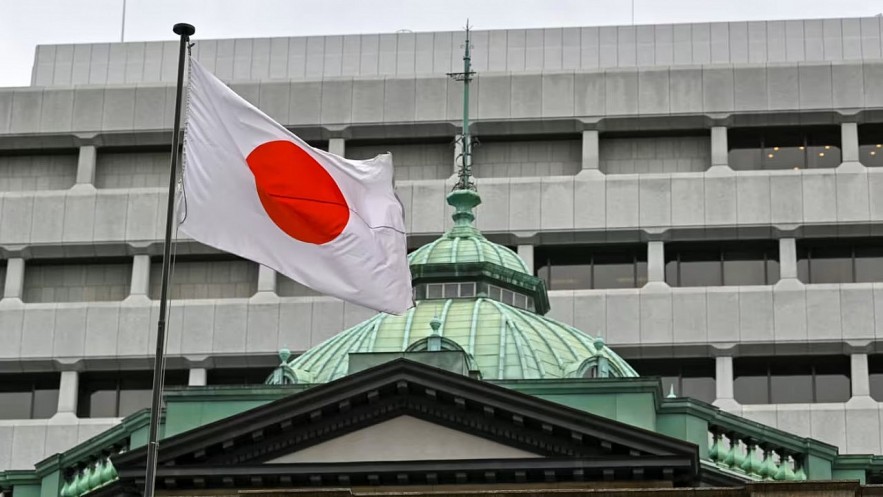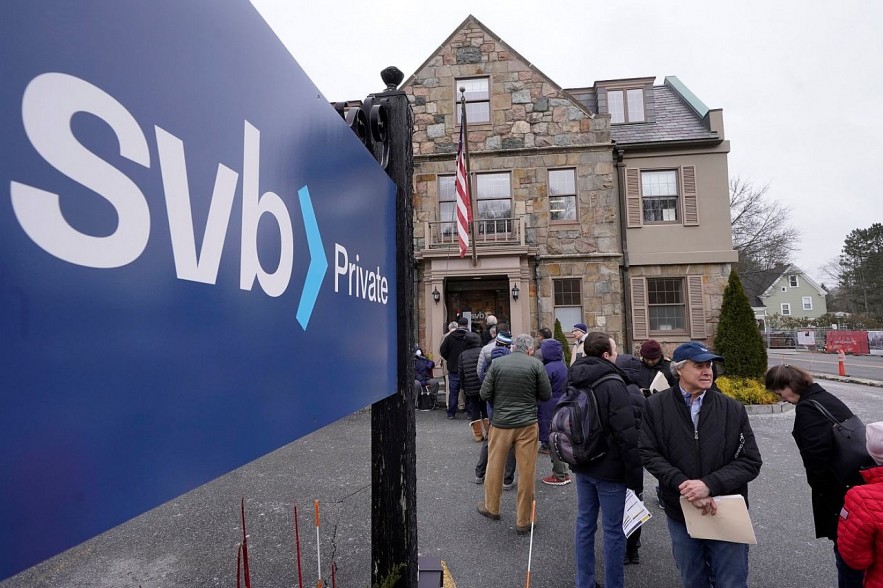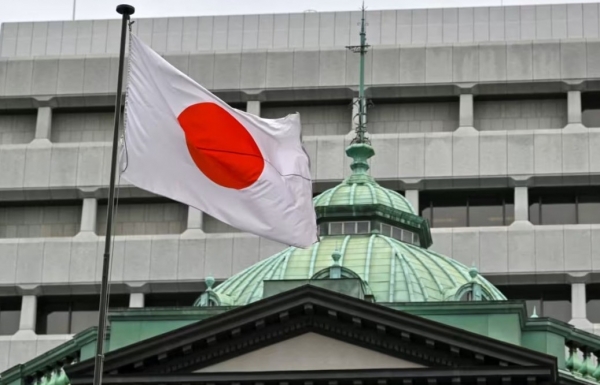(TBTCO) – Japanese banking regulators are increasing pressure on regional banks to pre-empt risks like what happened to Silicon Valley Bank (SVB) as the country prepares for its first interest rate hike. after more than a decade.
 |
| Japan is preparing for its first interest rate hike in more than a decade. Photo: Kazuhiro Nogi/AFP |
Echo Regional goods may be affected when BoJ tighten policy
Even as Japan’s biggest banks achieved record profits and predicted further gains from rising domestic interest rates, the country’s central bank warned in its recent Financial Stability Report. Here, regional banks and Shinkin financial cooperatives may face interest rate risk after pouring into long-term loans and securities.
Regulators are increasingly concerned that stress on regional banks could increase next year if the Bank of Japan (BoJ) finally ends its negative interest rate policy.
| Rising interest rates are often welcomed by commercial banks, who can profit from a larger spread between the amount they charge to lend and the amount they pay to borrow. But on the other hand, the hazard includes term risk, which measures the exposure of long-term bonds to unexpected changes in interest rates. Risk could crystallize if banks are forced to sell long-term assets that are losing value as interest rates rise. |
In a speech at the Financial Times Global Governing Council conference this month, BoJ Governor Kazuo Ueda said Japan’s banking system is strong enough to withstand an increase in short-term interest rates if forced to do so. policy normalization. But he added: “There is only a level of tolerance, we will have to monitor the situation carefully.”
As of the end of September 2023, 97 Japanese regional banks reported unrealized losses on bonds and investment trusts totaling about 2.8 trillion yen ($19 billion). ), up 70% compared to the end of June, according to Nikkei calculations.
This amount soared after 10-year Japanese government bond yields increased when the BoJ relaxed yield curve control policy in July. Toyoki Sameshima – analyst at SBI Securities said: “In worst-case scenario, banks can retain these unrealized losses, but that means they won’t be able to make new investments to buy higher-yielding bonds when interest rates rise , therefore there is a risk of stagnation”.
Japan’s Financial Services Agency (FSA) responded to the failure of SVB and other US banks in March by scrutinizing smaller lenders in the region, especially Banks may face similar risks.
SVB was imploded by a huge portfolio of government bonds – which had no credit risk but had large, unhedged interest rate risk – and uninsured depositors quickly sought a way out. out and massively withdraw money.
Unlike Silicon Valley Banks, Japanese banks are home to small and flexible deposits, most of which are insured up to 10 million yen. However, while the systemic risk of a deposit run appears low, analysts are looking for exceptions.
Scene FSA Beware of banks lacking management experience
“A major Japanese bank was able to increase its deposits by more than 40% in about six months through a campaign promising high interest rates,” said Nomura banking analyst Ken Takamiya. He added: “As this means there are depositors willing to move their deposits to earn higher interest rates, the FSA does not rule out the possibility of flows in the opposite direction if there are concerns about credit spreads. use”.
 |
| SVB was imploded by a huge portfolio of government bonds – with no credit risk but huge interest rate risk. |
The central bank is under increasing pressure to roll back decades-old monetary easing measures in the face of rising inflation and a weakening yen. Japan’s decision could have a major impact on international bond markets, as Japanese financial institutions own trillions of dollars in foreign debt and will likely invest more domestically as interest increases. productivity begins to increase.
|
While regulators were scrutinizing the balance sheets of regional banks, shares of Mitsubishi UFJ Financial Group, Mizuho Financial Group and Sumitomo Mitsui Financial Group rose about 40% in this year thanks to expectations of interest rate increases. The country’s three major banks are less affected because they have more diversified business models and have turned to short-term assets. If the BoJ ends its negative interest rate policy next spring, as many predict, it estimates that each percentage point increase in domestic interest rates will increase income by about 3 trillion yen for local credit institutions. . |
In October, the BoJ decided to allow interest rates on 10-year Japanese government bonds to rise above 1%, a step toward ending a seven-year policy of limiting long-term interest rates.
The FSA remains optimistic about overall risks in the Japanese banking system but is wary of banks’ lack of experience in managing the tightening cycle. There is also a new unknown in the rise of online banking, which has made it easier for depositors to transfer money instantly as in the case of Bank of America bankruptcies.
An FSA official said: “It has been a long time since interest rates in Japan increased, things are very different from the last time interest rates increased because there was no online banking. We don’t know what will happen this time and we are preparing for the unexpected.”
However, FSA officials emphasized that the risk of deposit runs at Japanese financial institutions remains low and analysts said the increase in net interest income from interest rate hikes would be larger than expected. Short-term paper losses suffered by banks.
Another risk for banks is that rising interest rates could cause more bankruptcies among small and medium-sized companies – especially among so-called “zombie” companies that are more than 10 years old. years old and still operating, supported by ultra-low interest rates, despite persistent losses. According to data provider Teikoku Databank, as of March 2022, there were 188,000 such “zombies”.
Sameshima said that banks may take a cautious stance in cutting lending after lessons learned from the 2008 global financial crisis, when they let many small corporations go bankrupt too quickly and caused Their balance sheet is riddled with holes.
“The number of bankruptcies will increase, but the nature of the bankruptcies will be different from what we saw after the Lehman crisis (the 2008 global financial crisis),” he said. Banks will try to come up with business strategies and solid support for viable strategies.”/.
